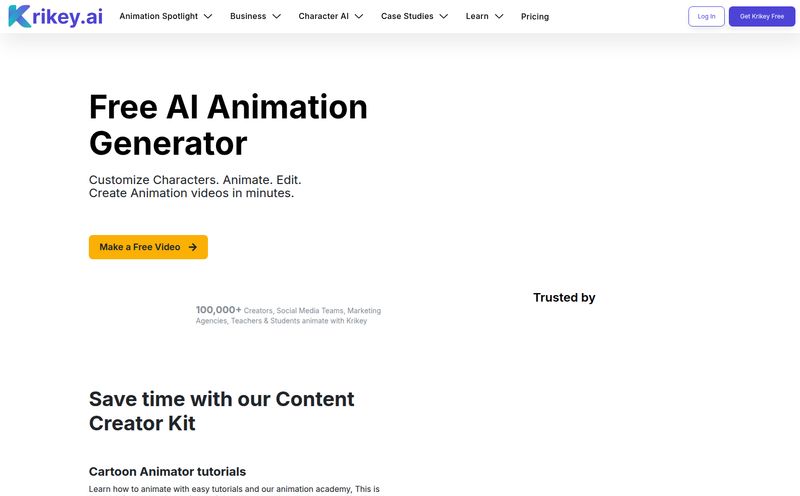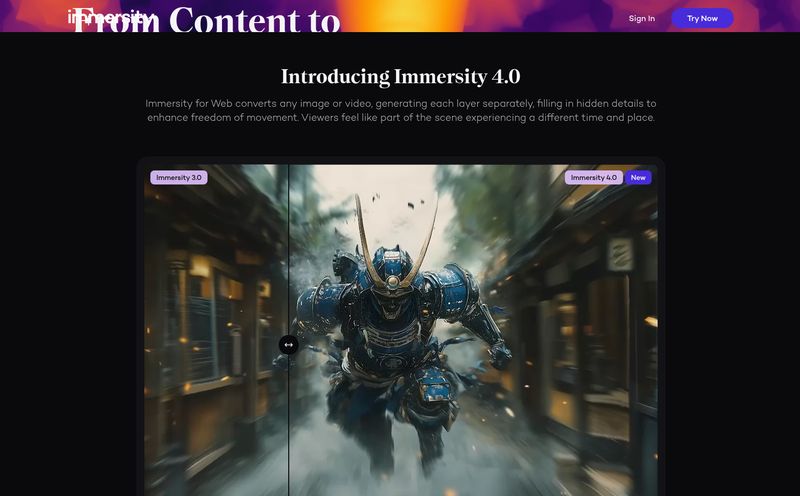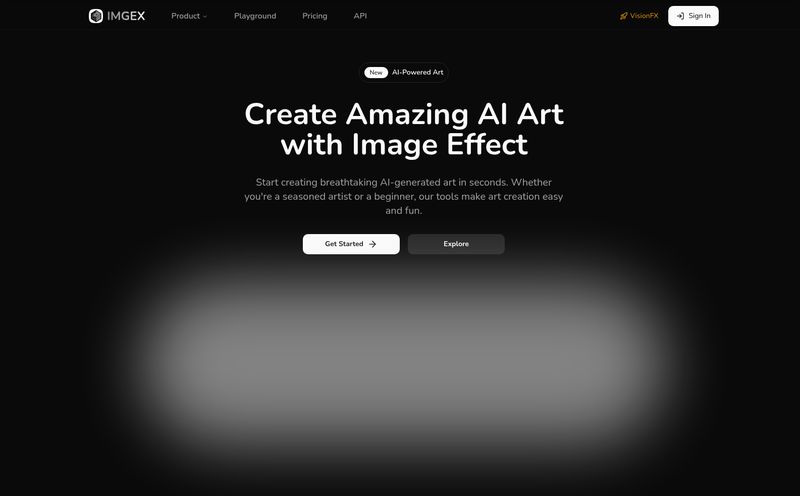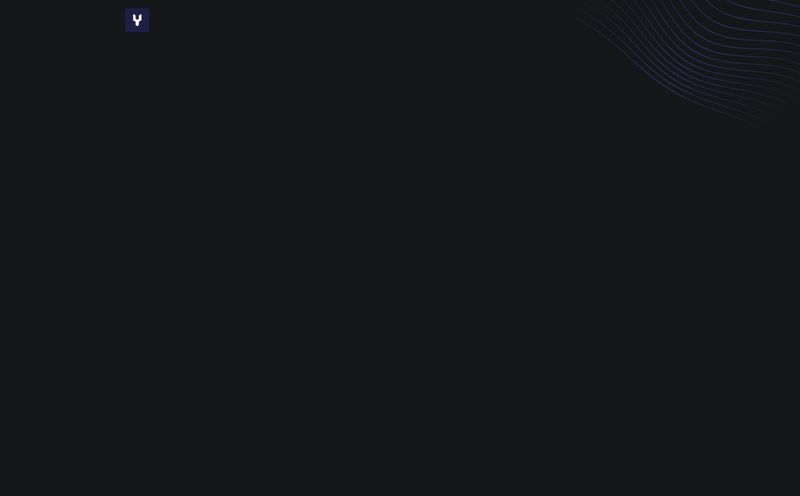Another day, another AI tool lands on my desk. I swear, if I had a dollar for every “game-changing” generative AI platform that’s launched this year, I’d have… well, at least enough for a very nice lunch. Most of them promise the world: type a sentence, get a Hollywood blockbuster. The reality is usually a bit more, shall we say, surreal. Lots of weird hands, physics that left the chat, and that classic AI-sheen.
But then something like ToonCrafter AI pops up. And it doesn’t promise to direct a movie for you. Its goal is simpler, more focused, and honestly, a lot more interesting to me as a creator. It doesn't want to replace the artist; it wants to be a new kind of paintbrush.
Instead of generating video from a text prompt, ToonCrafter does something called interpolation. Fancy word, simple concept. You give it a starting image and an ending image, and it generates the frames in between. It’s less of a movie director and more of a digital flipbook assistant, and I was immediately intrigued.
So, What is ToonCrafter AI, Really?
Let's cut through the marketing jargon. ToonCrafter is a generative AI tool built on diffusion models (the same tech behind a lot of AI image generators) that breathes life into static cartoon or sketch images. You upload Point A and Point B, and it cleverly figures out how to animate the transition from one to the other.
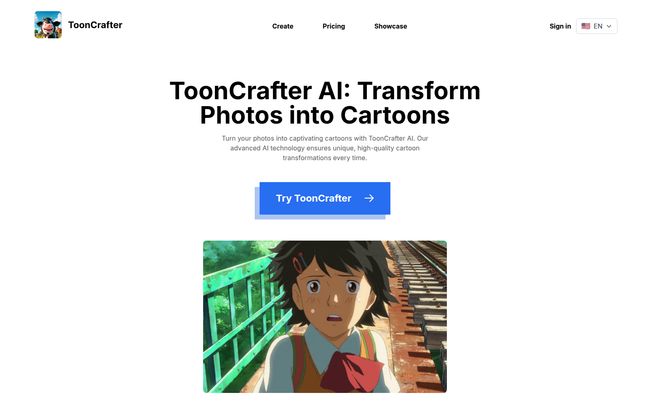
Visit ToonCrafter AI
Think about a character in your comic. In one panel, they’re looking left, looking neutral. In the next, they’re looking right, with a smirk. Traditionally, animating that would mean drawing a bunch of “in-between” frames. ToonCrafter aims to do that heavy lifting for you, creating a short, fluid 2-second animation that connects the two poses. It’s a simple premise, but the applications started spinning in my head immediately.
My First Spin: Putting ToonCrafter to the Test
I had to try it. I grabbed two old character sketches I had lying around on my tablet. One was a simple headshot, character looking bored. The second was the same character, but I'd tweaked the sketch so they were mid-laugh. Classic stuff.
The process itself was... ridiculously easy. No complex settings, no confusing command-line interface (though it being open-source means you probably can get nerdy with it if you want). It’s literally:
- Upload the first image.
- Upload the second image.
- Click “Generate Video.”
I hit the button and waited. A few moments later, I had a short video clip. And you know what? It wasn't perfect, but it was pretty darn cool. The character smoothly turned their head, their expression shifting from boredom to joy. There was a slight wobble, a bit of that AI dreaminess, but the core motion was there. It captured teh feeling I wanted. It just worked.
The Creative Playground: What Can You Actually Do with This?
After my initial test, I started digging into its advertised features. It's more than just a one-trick pony.
Cartoon & Sketch Interpolation
This is the main event. It’s perfect for adding subtle motion to digital comics, creating reaction GIFs from your own characters, or just visualizing how a character might move between two key poses. For animators, it could be a neat tool for storyboarding or creating quick animatics without the grind of drawing every single frame.
Reference-Based Sketch Colorization
This one's clever. You can provide a black-and-white sketch and a colored reference image, and it will not only color your sketch but can animate the process. Imagine showing a character being filled with color, or a scene transitioning from grayscale to full vibrancy. It adds a layer of narrative potential beyond just simple movement.
Sparse Sketch-Guided Generation
This is for the more experimental among us. You can give it a very minimal sketch—just a few lines—and a more detailed image, and it will try to “fill in the blanks” and animate the transformation. The results can be a little unpredictable, but that’s half the fun, right? It’s a great way to spark some creative ideas.
Let's Talk Money: ToonCrafter AI Pricing
Okay, so it's fun, but what's the damage? ToonCrafter runs on a credit system, which is pretty standard for AI tools. The pricing seems pretty reasonable, especially for hobbyists or small creators.
| Plan | Video Credits | Price | Best For |
|---|---|---|---|
| Starter | 50 | $6.9/month | Curious creators and occasional users. |
| Premium | 150 | $9.9/month | Regular hobbyists and social media posters. |
| Pro | 500 | $19.9/month | Indie artists and heavy users. |
The Premium plan at $9.9 for 150 videos (at the time of writing, it's advertised as 50% off) feels like the sweet spot. That's a lot of little animations for social media posts, story snippets, or website flair. It's a low barrier to entry for what it offers.
The Good, The Bad, and The AI Quirks
No tool is perfect. After playing around for a while, here's my honest take.
What I Love About It
I've said it before, but the simplicity is a huge win. There's no learning curve. You can get a genuinely cool result in under a minute. It’s also open-source, which gets a massive thumbs-up from me. The community can build on it, and you’re not locked into a proprietary ecosystem. And the output, while short, has a unique quality that doesn't just feel like a cheap filter.
Where It Stumbles
The 2-second animation limit is the big one. This isn't for making long-form content. It’s for moments, not scenes. Secondly, it can get confused. The AI doesn’t truly understand the image. If your start and end images are too wildly different, you'll get a bizarre, melty mess. It’s trying to find the mathematical path between two points, not tell a coherent story. This also means it might not be robust enough for all high-stakes commercial needs where every frame has to be perfect.
ToonCrafter vs. The AI Video Titans
It's tempting to compare this to tools like OpenAI's Sora or Pika, but it's like comparing a scalpel to a sledgehammer. Sora generates entire scenes from text, which is mind-blowing but also gives you very little fine-tuned control. You're at the mercy of the prompt.
ToonCrafter is the opposite. It gives the artist explicit control over the start and end points. You are the director setting the keyframes. The AI is just your (very fast) in-betweener. It’s a tool for enhancing an existing workflow, not replacing it wholesale.
Final Verdict: Is ToonCrafter AI Your Next Favorite Tool?
So, should you sign up? In my experience, it depends entirely on who you are.
If you're an indie comic artist, a digital illustrator, or a social media manager looking for a way to add some quick, eye-catching motion to your static content, then absolutely. For ten bucks a month, the Premium plan offers a fantastic new toy for your creative toolbox. It's fun, fast, and delivers unique results that can make your work stand out.
If you're a professional animation studio looking to produce the next big animated series, this probably isn't the tool that will replace your team. Not yet, anyway. The limitations are real. But even for pros, I can see it being a fun side-tool for brainstorming and concepting.
ToonCrafter isn't trying to be the final word in AI video. It’s a focused, accessible, and genuinely useful tool that knows exactly what it wants to be. And in the current AI hype-cycle, that kind of clarity is refreshing.
Frequently Asked Questions about ToonCrafter AI
- How easy is it to get started with ToonCrafter?
- It's incredibly simple. The web interface is just a couple of upload boxes and a generate button. You can create your first animation in less than a minute with zero technical knowledge.
- Is ToonCrafter AI free to use?
- While the underlying project is open-source, the easy-to-use web platform operates on a paid, credit-based system. They have several pricing tiers, starting at $6.9/month, so there's no free-forever plan for the managed service.
- What's the difference between ToonCrafter and other AI video tools?
- Most AI video tools generate clips from text prompts. ToonCrafter is different; it interpolates between two images you provide. This gives you more artistic control over the beginning and end of the animation, making it more of an animator's assistant than a full-on generator.
- Can I use ToonCrafter animations for my business?
- Yes, you can use the animations for commercial projects like social media marketing, website graphics, or digital ads. However, given the occasional quirky output, you'll want to curate the results to ensure they meet your brand's quality standards.
- How long are the animations from ToonCrafter?
- The animations are currently limited to a short length, around 2 seconds. It's designed for creating quick loops, GIFs, and motion snippets rather than full-length video scenes.
Bringing Still Images to Life
Ultimately, ToonCrafter AI feels like a glimpse into a more collaborative future between artists and AI. It's not about replacing human creativity but augmenting it. It takes one of the more tedious parts of animation—the in-betweening—and makes it near-instantaneous, freeing up creators to focus on the key storytelling poses. It’s a playful, powerful, and promising tool that I'll definitely be keeping in my bookmarks.
Reference and Sources
- ToonCrafter AI Official Website
- Based on the open-source project research from the ToonCrafter team. More technical details can often be found on academic sites like arXiv or project repositories on GitHub.
